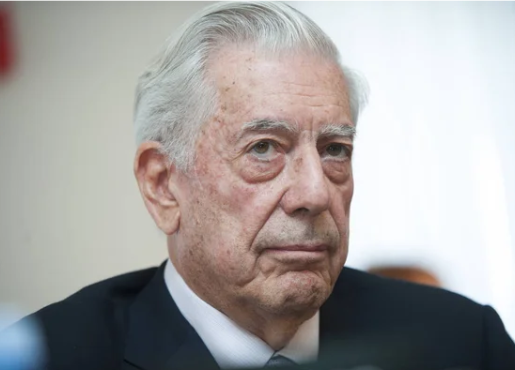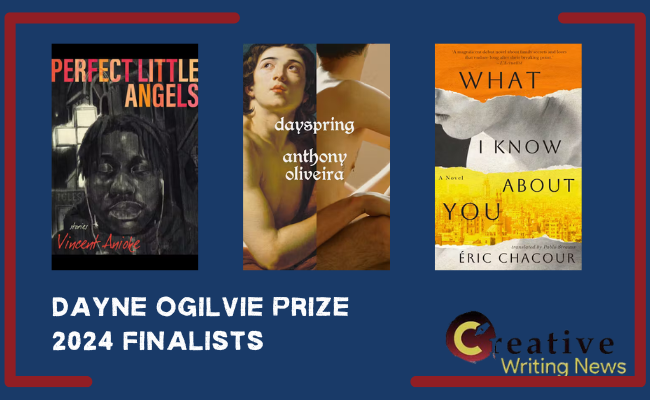Mario Vargas Llosa Bags 2010 Nobel Laureate for Literature
They have announced the 2010 Nobel Laureate for Literature.
And the winner of the 2010 Nobel Laureate for Literature is Mario Pedro Vargas Llosa.
About the winner the winner of the 2010 Nobel Laureate for Literature
Mario Llosa is a Peruvian writer, politician, journalist, essayist, novelist and, recently, Nobel Prize Laureate. Most critics consider him to be the most influential writer of Latin American origin.
Read: How to Analyze a Poem
He won the Nobel Prize for Literature as announced on Thursday, 07 October, 2010 by Professor Peter England, “for his (Mario Vargas Llosa’s) cartography of structures of power and his trenchant images of the individual’s resistance, revolt, and defeat”.
His Works
Born March 28, 1936, Mario Llosa rose into fame in the 60’s with his novels: Time of the Hero, The Green House and the classic Conversation in the Cathedral. He has written over 30 novels, plays and essays.
He draws his inspiration mainly from his perception of the Peruvian Society. Time of the Hero received accolades but the Peruvian Military Academy regarded it as controversial. About 1000 copies of the book were burnt publicly.
It is also interesting to note that in 1990 he contested unsuccessfully for the office of Peruvian President.
His interest in professional politics has however dwindled, although there are still bits of politics reflected in his writings. He currently lectures at Princeton University, New York where he was called and informed that he had won the Nobel Prize.
What Writers think about Mario Pedro Vargas llosa
In Wikipedia, a writer described his writing technique in the most illuminating manner. According to literary scholar M. Keith Booker argues that Vargas Llosa perfects the technique of interlacing dialogues in his novel The Green House.
By combining two conversations that occur at different times, he creates the illusion of a flashback. Vargas Llosa also sometimes uses this technique as a means of shifting location by weaving together two concurrent conversations happening in different places.
This technique is a staple of his repertoire, which he began using near the end of his first novel, The Time of the Hero.
However, he does not use interlacing dialogues in the same way in all of his novels. For example, in The Green House he used the technique in a serious fashion to achieve a sober tone and to focus on the interrelatedness of important events separated in time or space.
In contrast, Captain Pantoja and the Special Service employs this strategy for comic effects and uses simpler spatial shifts. This device is similar to both Virginia Woolf‘s mixing of different characters’ soliloquies and Gustave Flaubert’s counterpoint technique in which he blends together conversation with other events, such as speeches.’
In his interview with Heidi Johnson-Wright, the 74-year-old author admits he doesn’t choose his subjects; rather they (the subjects) choose him. He also admits that he writes about the things that have touched his life.
African Winners
Although the organizers have not awarded this prize on seven occasions, four Africans are previous winners of this prestigious literary award. They are Nigeria’s Wole Soyinka; South Africa’s Nadine Gordimer and J.M Coetzee; and Egyptian, Naguib Mafhouz. Mario Llosa is the 102nd winner of the Nobel Prize of Literature.



